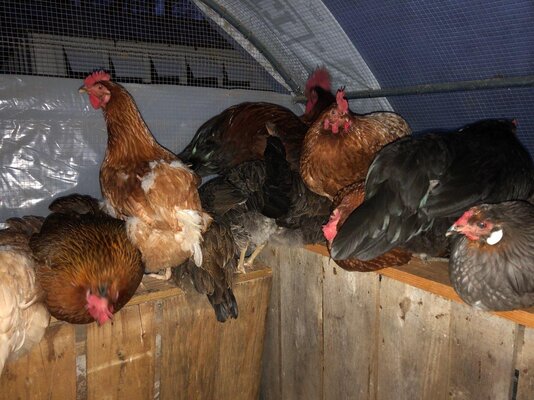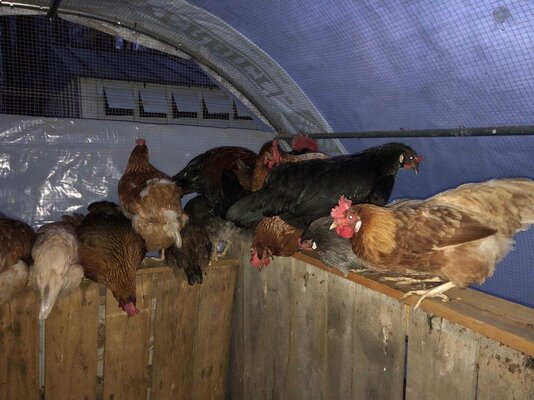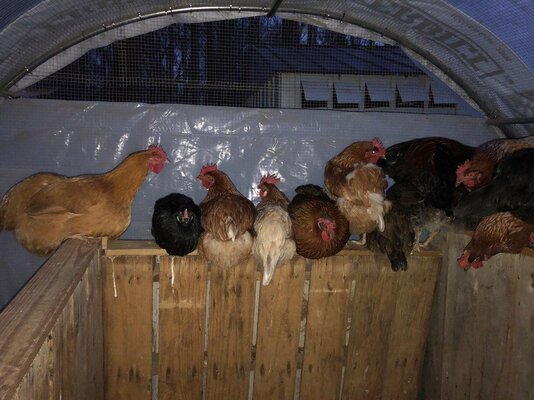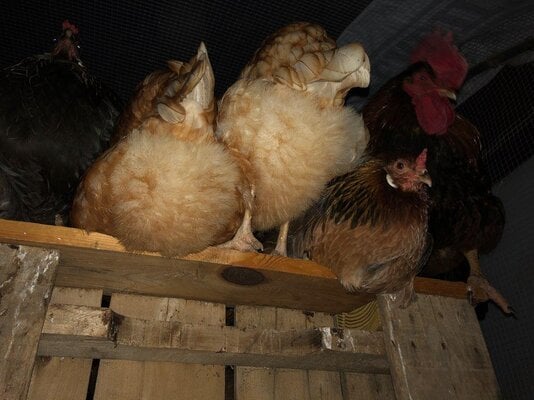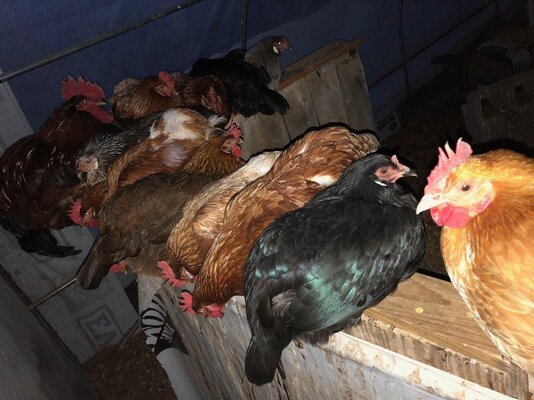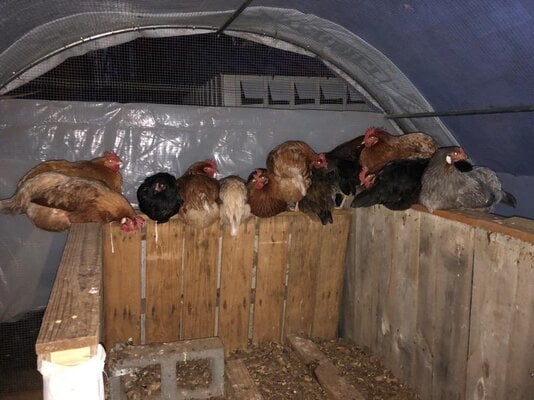I am using cheap metal sheds for my coops. If you go that route I would refine t you set them on top of rail road ties to give the shed more height so the ventilation is above their heads and to keep their bedding above the door tracks. 2 stacked on top of each other is better than just a single layer imo. (Make sure to bolt them together or drill holes through both and stake them to the ground with rebar so they don’t slip apart.
I would also recommend setting 4x4 in the corners of the shed on on the outside and running 2x4 boards vertically along the corners of the inside. Drilll holes and all thread the outside 4x4 to the 2x4 on the inside together with nuts and large washers.
This will make your shed wind proof and also let you build your roosting bars/nesting boxes off of the inner 2x4s.
You will need to cut a 1 foot tall x however long the length of your shed walls are, hole near the top on 3 sides and back it with hardware cloth. This will give you a good amount of ventilation. Trim the cuts out and make a cover a little larger than the size of the hole out of exterior grad Plywood or boards. And attach it to the top of the vent hole with hinges. This will let you cover the hole fully or prop them less than half open and act as an awning for wet weather.
Depending on the direction of your worst wind and the area you have to work with you can decide what side the sliding doors should face. If possible I would use a prop door into the run and use the sliding doors for people access outside the run.
You should write this up as a Coop Page article and enter it into the current contest.






